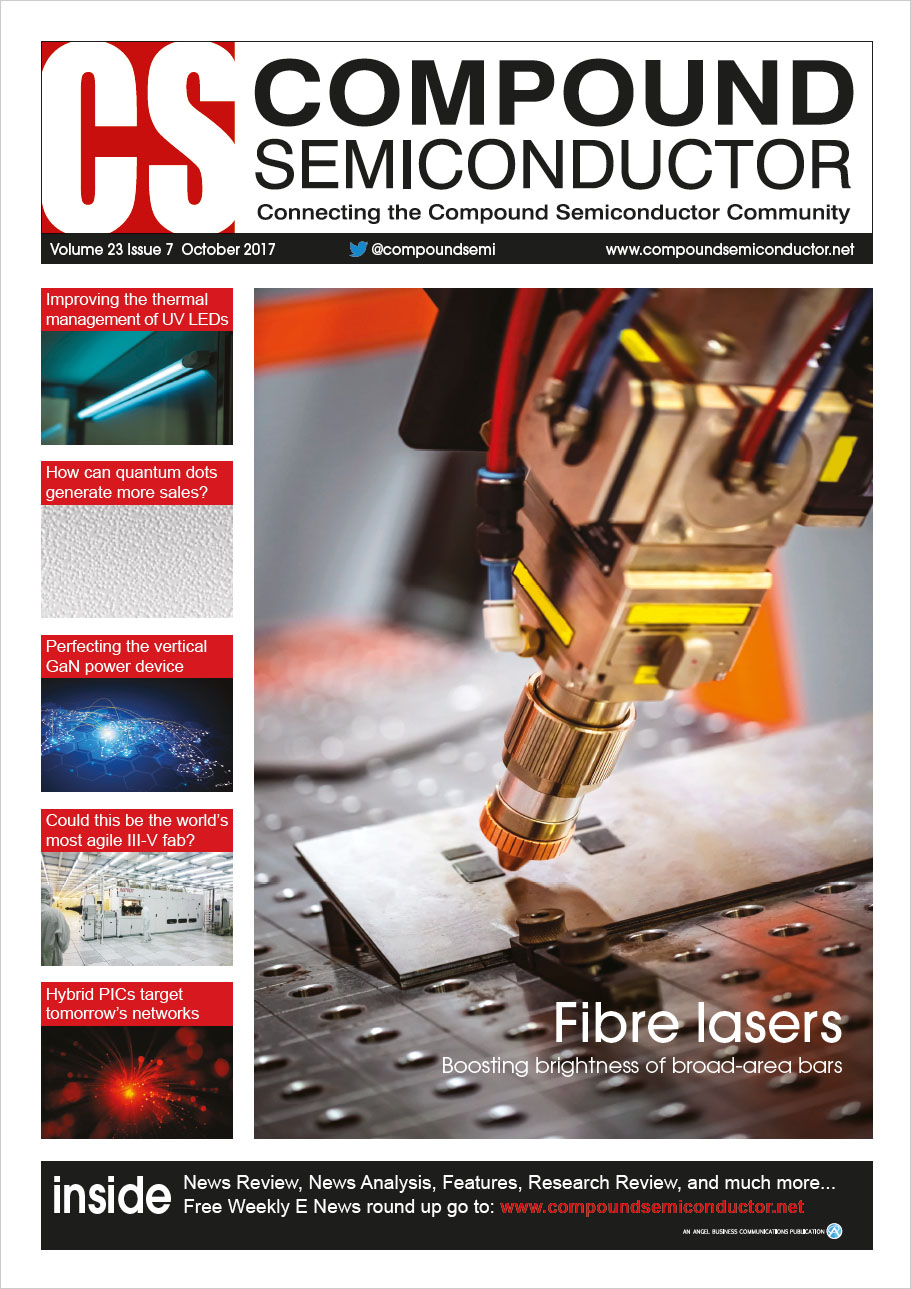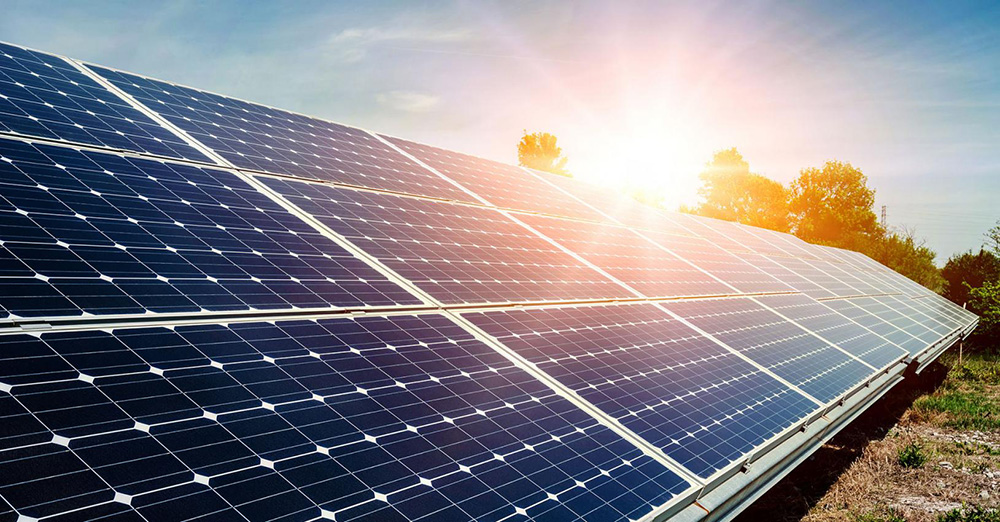
Better junctions for solar cells

Latticed-matched superlattices of InGaAsP and InGaP promise to take multi-junction solar cell efficiency to a new high
To propel multi-junction solar cells to far higher efficiencies, the number of junctions has to increase from the three or four used today to five or six.
One option for doing this is to take an existing solar cell architecture and add an InGaP n-i-p structure with an intrinsic region formed from multiple InGaAsP wells and InGaP barriers.
The lattice-matched superlattice structures feature an optional GaAs filter.
Bedair believes that the technology could also aid the development of tuneable light-emitting devices. "We are considering this at the moment."
Another figure of merit for evaluating the cell is the bandgap offset voltage: it is the difference between the band gap and the open-circuit voltage. "The smaller the value, the better the material quality," argues Bedair. The team's devices have a typical band offset voltage of about 0.4 eV, a value that is claimed to indicate high internal and external radiative efficiencies.
According to the team, the short-circuit current density is 26 percent higher than that of a standard InGaP cell, due to sub-bandgap absorption by the quantum wells. They believe that the fill-factor is not that high, and it could exceed 80 percent by improving interface quality. This could be accomplished by optimising gas switching and other growth parameters.
The most impressive results come from a 100-period device with a gold back-surface reflector and an anti-reflection coating. This design produces a short-circuit current density of 20.5 mA cm-2, an open-circuit voltage of 1.126 V, a fill factor of 72 percent, and a solar conversion efficiency of 14.7 percent.
Testing under one sun with an AM1.5 spectra revealed that the gold back-surface reflector boosts short-circuit current density by 65 percent, 50 percent and 30 percent in devices with 20, 40 and 100 wells, respectively. The team believes that the structure with the fewest wells has the greatest benefit, because of its "˜optical thinness' and its weak absorption of long-wavelength photons.
Devices produced by the team include a 20-period structure with 7 nm-thick wells and 3.2 nm-thick barriers; a variant with 40 periods; and a 100-period structure with the pairing of 5.5 nm-thick wells and 2.5 nm-thick barriers. The latter had thinner wells and barriers to reduce accumulated stress.
Bedair and co-workers have produced a range of n-i-p solar cells structures. These were grown inverted to allow the etching of the GaAs substrate, followed by the deposition of a gold back surface reflector. Some of the portfolio of devices feature a 1.2 μm-thick GaAs filter, which absorbs photons in the 1.4-1.85 eV range that are not absorbed by the wells in their first pass.
Additional improvements have resulted from: etching off the GaAs substrate and adding a back-surface reflector, to double the optical path length; and reducing background doping "“ and thereby increasing the depletion region "“ with a judicious choice of precursors.
Switching from a strain-balanced structure to a lattice-matched variant has enabled the team to increase the thickness of the absorbing InGaAsP wells. A further boost to light absorption has come from an increase in the proportion of the depletion region occupied by the wells "“ and this has also improved carrier collection.
Another virtue of the technology is its compatibility with a wide range of material systems. "Our work was done on GaAs, but this structure can also be grown on germanium and dilute nitrides," says Bedair. Yet another option is the bonding to silicon solar cells to form high efficiency tandem devices.
Spokesperson for the team, Salah Bedair, says that its technology could be used in terrestrial cells and those that serve in space.
Strained-balanced forms of this structure, which have been explored since the 1980s and enable the tuning of the effective bandgap from 1.5 eV to 1.8 eV, are plagued by inefficient light absorption that pegs back external quantum efficiency to around 25 percent. But efficiency can now hit more than 65 percent, thanks to the recent development of lattice-matched variants by a team from North Carolina State University and the National Renewable Energy Laboratory in Colorado.


































